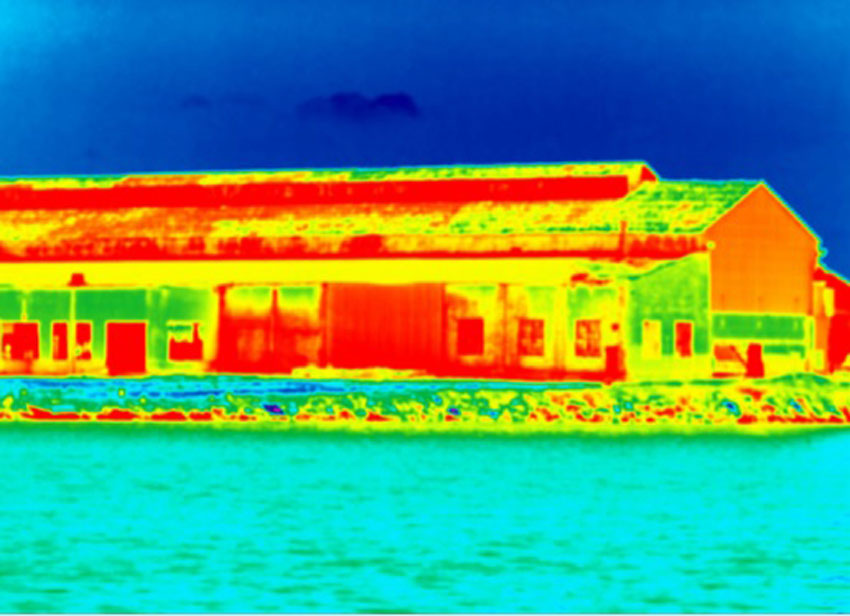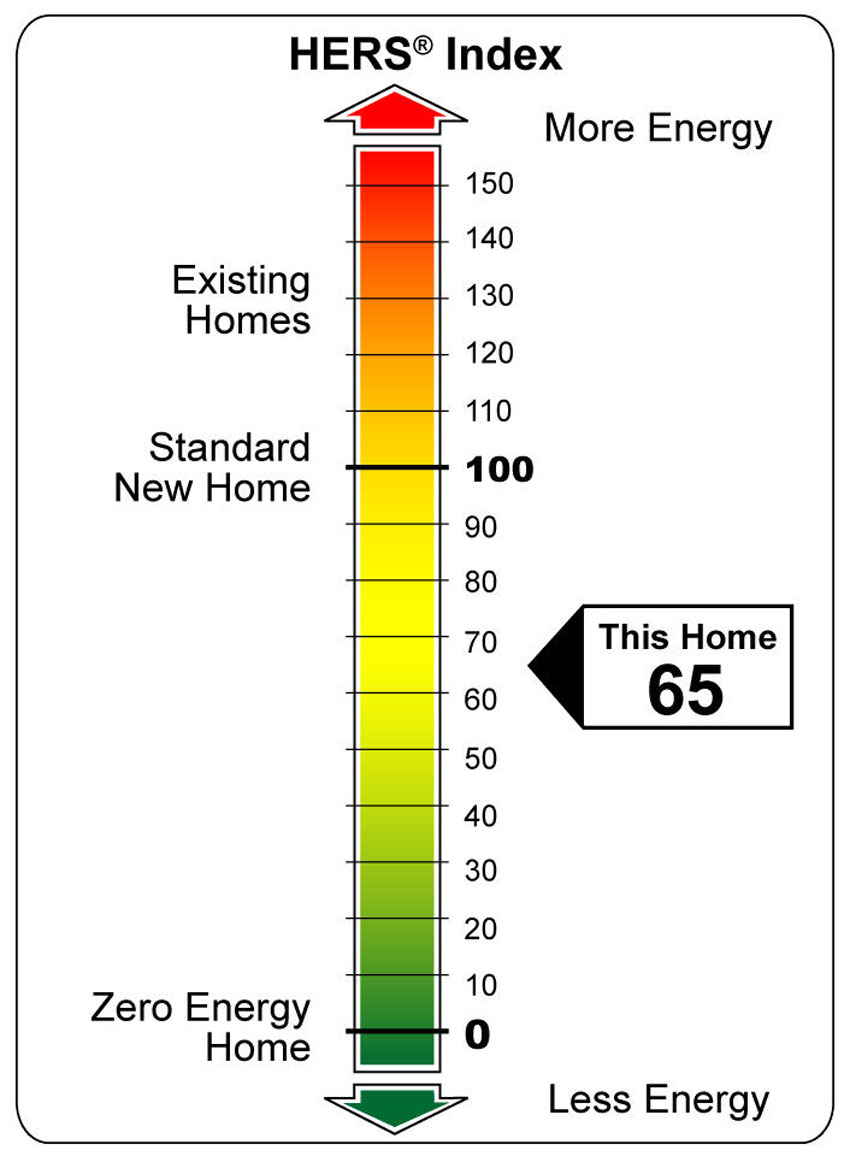A New Era of Exterior Sealants
Sealants and the Building Envelope
An effective and necessary way to properly seal the building envelope is through the use of interior and exterior gunnable sealants, window, door, and gap polyurethane spray foam, or sealing tapes and membranes. These sealants can be applied to spaces between walls, windows, roofs, floors, and around plumbing and utility penetrations. They can be used at intersections between different building materials; for example, between a metal pipe and a wooden ceiling. They also can be used outdoors where they are exposed to the elements; for example, around skylights and water spigots. The remainder of this course will focus on the types and classifications of exterior and interior gunnable sealants.
With the advancement of technology and evolving methods of construction, greater demands are placed on sealants these days. Prior to the introduction of central heating and air-conditioning, many windows were designed and built small to prevent cold air from entering the building in winter and to limit solar gain, or sun exposure, in summer. Today, structures are built with more and larger windows, in part thanks to effective HVAC systems but also due to improved weatherproofing technologies.

The average home can reduce air infiltration significantly with the windows, doors, and siding properly installed and sealed. This image shows just how much heat is being lost from this poorly sealed building.
While HVAC system technology has improved, these systems still are vulnerable to unnecessary wear and tear if there are gaps in the building envelope that allow unconditioned air to get into the conditioned space. In new construction, HVAC systems are selected based on the size of the building, climate, number of windows and openings, sun exposure, and more. Furnaces and cooling systems are selected and installed to perform at a certain level with the expectation that the building envelope will be sealed. If areas around the windows, doors, chimneys, skylights, and other penetrations are not sealed—allowing unacceptable amounts of air to flow in and out of the building—the HVAC system will need to work harder to maintain the expected level of comfort inside the building. Consequences of a poorly sealed building envelope include a loss of energy efficiency and increased energy costs.

Source: U.S. Department of Energy
The HERS index is a measurement of a home’s energy efficiency. The HERS Index Score provides lots on information about the energy efficiency of a home.
To prevent these costly repairs, technology and stricter regulations have led to evolving methods of construction. Today, building codes are much stricter and contain much tighter building envelope requirements than in years past. The Home Energy Rating System (HERS) Index is nationally recognized as a standard for inspecting and calculating a home’s energy performance. Homes are rated and scored based on energy performance. New construction projects often have better HERS scores than older buildings thanks to better technology and building materials. There have also been improvements made to building envelope sealants and how building professionals and homeowners can determine where to make improvements and seal gaps that allow air and water intrusion. New materials now last longer and are more durable against cracking, chalking, and aging. We’ll discuss sealant standards and classifications in more detail later in this course.
Once a building is sealed, it is possible to determine where air is infiltrating the building envelope. Most gaps are too small to notice, while other penetrations may be easy to detect, such as the draft felt from under a door jamb or the curtains moving in the breeze when the windows are closed. The first step is to do a visual inspection by walking around the exterior of the structure, inspecting all areas where two different building materials meet. This includes but is not limited to areas around all exterior corners, where siding and chimneys meet, around spigots, where siding and brick meet, and around windows and doors. Inside the building check areas around electrical outlets, electrical and gas entry points, attic hatches, vents, fans, wall- or window-mounted air-conditioners, baseboards, switch plates, door and window frames, and entry/exit points for dryer vents. Discolored or dirty surfaces, especially around insulation, may be signs of gaps and open spaces. If checking for gaps during the day, look for areas where light infiltrates an area. If checking for gaps in the dark, check for light infiltration using a flashlight.
In some cases, it may be worth hiring an energy professional to perform a blower door test to detect air intrusion throughout the building.
Any gaps should be sealed to prevent unwanted air and water intrusion. Generally speaking, interior sealants should be used for gaps that are less than ¼ inch wide. Exterior sealants can be used in gaps that are ¼ inch to 1 inch.










